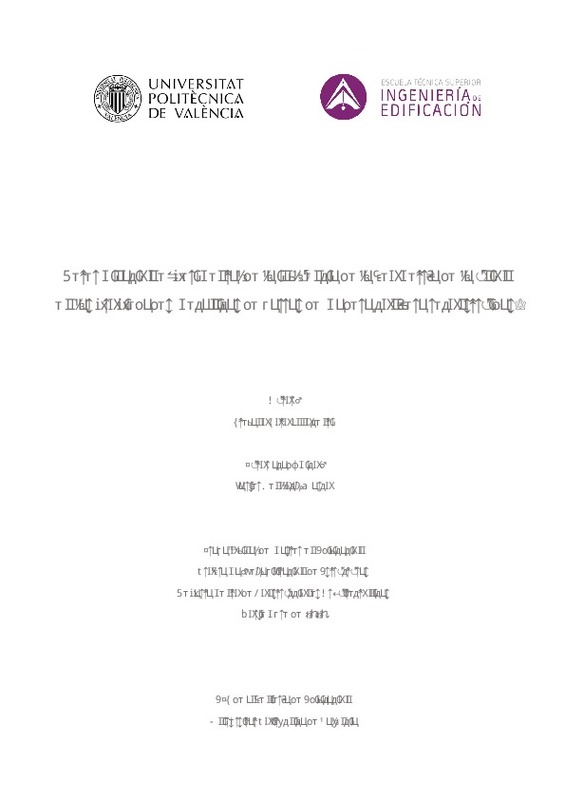JavaScript is disabled for your browser. Some features of this site may not work without it.
Buscar en RiuNet
Listar
Mi cuenta
Estadísticas
Ayuda RiuNet
Admin. UPV
Determinación experimental de la influencia de la geometría de la unión en las propiedades mecánicas de barras de madera conífera reconstruidas
Mostrar el registro completo del ítem
Soto Innocenti, S. (2020). Determinación experimental de la influencia de la geometría de la unión en las propiedades mecánicas de barras de madera conífera reconstruidas. Universitat Politècnica de València. http://hdl.handle.net/10251/157843
Por favor, use este identificador para citar o enlazar este ítem: http://hdl.handle.net/10251/157843
Ficheros en el ítem
Metadatos del ítem
| Título: | Determinación experimental de la influencia de la geometría de la unión en las propiedades mecánicas de barras de madera conífera reconstruidas | |||
| Autor: | Soto Innocenti, Stefano | |||
| Director(es): | Soto Innocenti, Stefano | |||
| Entidad UPV: |
|
|||
| Fecha acto/lectura: |
|
|||
| Resumen: |
[ES] El presente trabajo recoge el planteamiento inicial, plan de ensayos, resultados, análisis y conclusiones de la investigación realizada en la aplicación del sistema BETA de rehabilitación de vigas de madera para evaluar ...[+]
[EN] The present work collects the initial approach, test plan, results, analysis and conclusions of the research carried out in the application of the BETA system for the rehabilitation of wooden beams to evaluate different ...[+]
|
|||
| Palabras clave: |
|
|||
| Derechos de uso: | Reserva de todos los derechos | |||
| Editorial: |
|
|||
| Titulación: |
|
|||
| Tipo: |
|
recommendations
Este ítem aparece en la(s) siguiente(s) colección(ones)
-
ETSIE - Trabajos académicos [2383]
Escuela Técnica Superior de Ingenieria de Edificación







